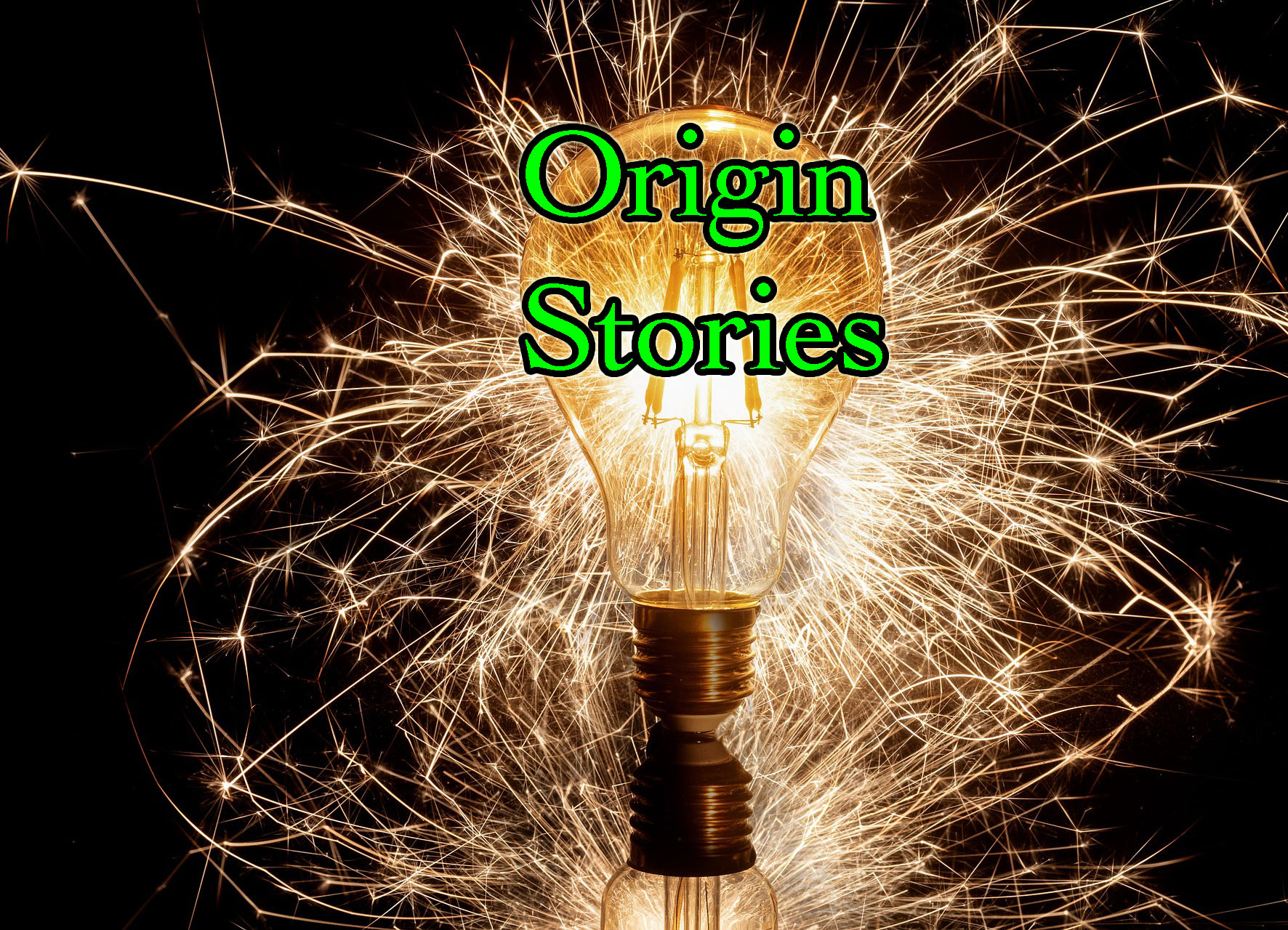Under a White Moon
by Annette Sisson
A daughter, now eighty-two, spends
a decade grubbing in dirt, unburying
the transplanted roots of her life.
She returns to this place, searches for roses—
Granada War Relocation Center,
rocky, once covered with chain-link,
barbed wire, seven thousand
Japanese-Americans fenced away
like nightshade. After Pearl Harbor,
her mother took a cutting from her lost
grandparents’ rosebush, stashed it
into a satcheru, under a slim volume
of Bashō, a hand mirror inlaid
with mother of pearl—tokens to fuel
dreams of pagodas, lotus blossoms imperial
as kabuki. At the camp the mother waited
for the moon’s white shine, planted
the shoot while the guards slept—wormed
her way out of the hammock to a patch
of land with thicker soil, dug the hole
with a borrowed spoon and pearl handle.
Now, eight decades later, the daughter
finds one pink bloom, a bud
on a small bramble, petals drawn
tight as a pill bug—she remembers
the dusty corners of the wire enclosure,
sees her mother’s hands grafting roses,
hears her whisper to the stems’ nodes:
It’s the roots that save; push them deep.
Origin Stories – Under a White Moon
This poem was inspired by a story I heard on National Public Radio about an elderly woman revisiting the Japanese internment camp in Colorado where she had been imprisoned with her mother during World War II. This woman was trying to find a vestige of the roses her mother had planted there so many years ago. The story captured my attention because, until I was a young adult, I was unaware that Japanese-Americans had been interned in the United States after the bombing of Pearl Harbor. As a young professor in Nashville, TN (I grew up in Indiana), I was later surprised to learn that internment camps had existed not just out west, but also in Georgia. One of my colleagues, a native Georgian, told me about her parents taking in some of the Japanese-American families to work on their farm after their release from the camps. She had grown up knowing and befriending some of these people and had heard first-hand their stories about the American government’s treatment of them during the war. Because of the newscast and my colleague’s personal stories, I felt compelled to try to imagine and capture something of the woman’s experience in the news story.
BIO
Annette Sisson’s poems can be found in Valparaiso Poetry Review, Birmingham Poetry Review, Rust and Moth, The Citron Review, The Lascaux Review, Third Wednesday, Glassworks, and others. Her book Small Fish in High Branches was published by Glass Lyre Press May 2022, and she has a chapbook (Finishing Line) published in 2019. Her poems have placed in many contests, including Frontier New Voices and The Fish Anthology, and several have been nominated for The Pushcart Prize and Best of the Net.
Book: Annette Sisson, Small Fish in High Branches, Glass Lyre Press (pub. May 2022): https://glass-lyre-press.myshopify.com/collections/full-length-collections-1/products/small-fish-in-high-branches
Facebook: https://www.facebook.com/annette.m.sisson
Instagram: https://www.instagram.com/annettesis/
Website: http://www.annettesisson.com
| Poetry | Annette Sisson Poetry Annette Sisson. Sissons Literature has a lot of imagery and nature.www.annettesisson.com |
Previous Origin Stories
April 1 – Wanda Praisner
April 2 – Howard Lieberman
April 3 – L. Shapley Bassen
April 4 – Sharon Scholl
April 5 – Stellasue Lee
April 6 – Jeanne DeLarm
April 7 – Virginia Smith
April 8 – Patricia Ware
April 9 – Mary Makofske
April 10 – Ann Wallace
April 11 – Jessica Purdy
April 12 – Lakshman Bulusu
April 13 – Kim Malinowski
April 14 – Anita Pulier
April 15 – Martha Bordwell
April 16 – Anastasia Walker
Previous NPM celebrations from Gyroscope Review
Let the Poet Speak! 2022
Promopalooza 2021
Poet of the Day 2020
Poets Read 2019
National Poetry Month Interview Series 2018
Book Links Party 2017
